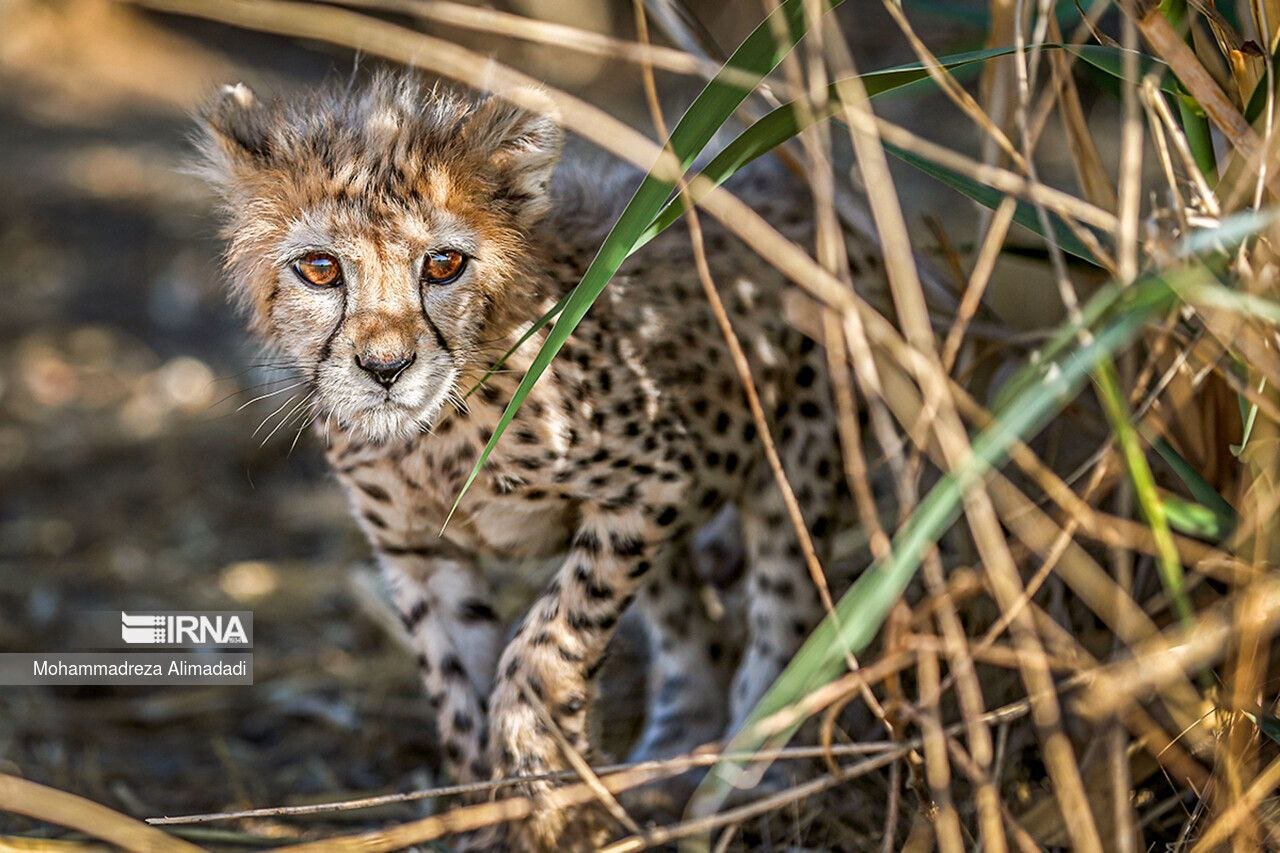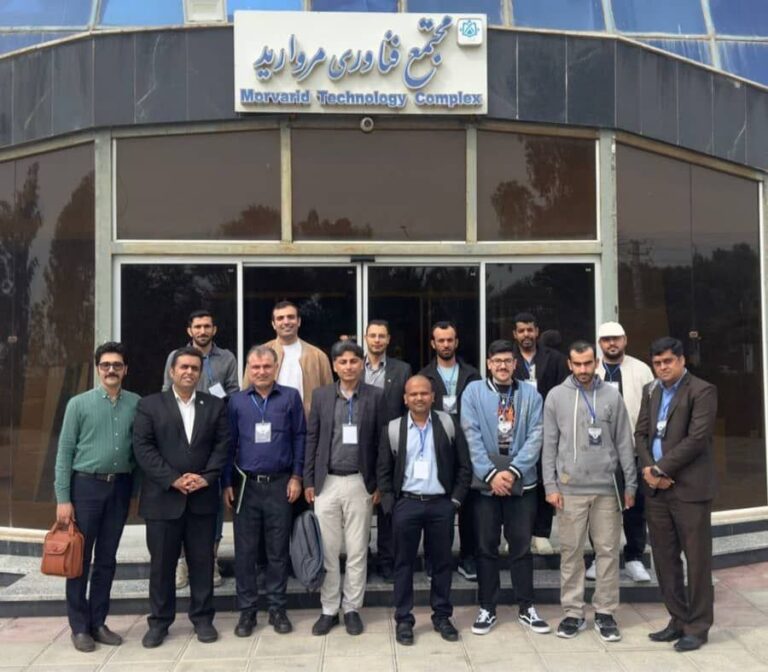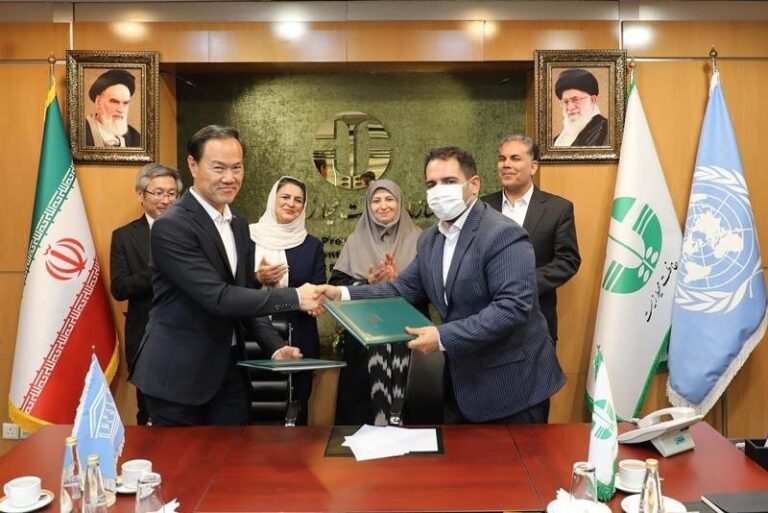Unveiling a Bold Strategic Plan to Safeguard Endangered Species for Future Generations
In a significant move towards environmental conservation, President Masoud Pezeshkian has mandated the Department of Environment (DOE) to formulate a strategic plan aimed at protecting endangered species in Iran. The urgency of this initiative is underscored by a recent report from the International Union for Conservation of Nature (IUCN), which indicates that approximately 154 species of Iranian vertebrates are critically endangered and at risk of extinction.
President Pezeshkian emphasized the necessity for a comprehensive and actionable environmental plan that encompasses various sectors. He stated, “The country needs a comprehensive and operational plan in the field of environment that covers different environmental sectors. It must include goals, assumptions, operational measures, financial resources, and results,” as reported by IRNA.
Iran boasts an impressive array of biodiversity, home to around 37,500 animal species and over 8,000 plant species. The nation supports:
- 579 bird species
- 214 mammal species
- 284 reptile species
- 23 amphibian species
- 309 freshwater fish species
- 763 marine fish species in the Persian Gulf, Sea of Oman, and the Caspian Sea
Additionally, approximately 35,283 invertebrate species have been identified in the country, with over 32,600 being arthropods. Notably, more than 94% of Iran’s animal diversity consists of invertebrates, while vertebrates account for less than 6%. Insects alone, with at least 26,800 species, represent over 70% of the total species count.
Among the critically endangered species are the Asiatic cheetah and the ostrich, with their wild populations plummeting to fewer than 25 individuals. Additionally, five species of Caspian sturgeon, unique to the region, are facing extinction in the Caspian waters.
Experts point out that while species extinction is a natural occurrence, the current pace of disappearance is alarming. Human activities have accelerated this rate, posing serious threats to ecosystems and the overall health of the planet. Hamid Zohrabi, an official from the DOE, remarked, “Sadly, the unsustainable exploitation of biological resources has affected and disrupted ecosystems in several areas.” His comments came during the observance of World Biodiversity Day on May 22.
The DOE oversees the implementation of the Convention on Biological Diversity, which has three primary objectives:
- Conserving biodiversity
- Promoting sustainable use of natural resources
- Ensuring equitable sharing of biodiversity benefits
Achieving these goals necessitates active participation from local communities, highlighting that environmental protection must be sustainable and considerate of social and economic factors in planning.
Regarding water resource management, which is crucial for maintaining biodiversity, the situation remains dire. A significant portion of the country’s wetlands has dried up, leading many rivers to either become seasonal or completely dry. This has severely compromised these ecosystems’ ability to preserve biodiversity.
Forest ecosystems are also in precarious conditions, facing degradation from factors such as wildfires and uncontrolled livestock grazing. These issues have led to an increase in pests and diseases within the ecosystem, while soil erosion has escalated, compounded by the rise of sand and dust storms.
The DOE has convened its first meeting to develop a strategic plan for biodiversity preservation, bringing together experts to finalize the initiative. The International Day for Biological Diversity, celebrated every May 22, aims to highlight the interconnectedness between humans and the natural world under the theme “Harmony with nature and sustainable development.”
This day serves as a call to action to achieve the Kunming-Montreal Global Biodiversity Framework (GBF) targets, which aim to halt and reverse biodiversity loss, a goal that aligns with the 2030 Sustainable Development Goals (SDGs).
On May 7, the head of the wildlife protection office, Gholamreza Ebdali, indicated that habitat loss, intensified by climate change, is the primary driver of declining species populations. He stated, “Climate change is one of the contributing factors to severe destruction of habitats, particularly aquatic ecosystems, which are under serious threat due to drought and decline in water resources.”
In response to these pressing challenges, the DOE is implementing various measures aimed at protecting endangered species. Ebdali noted that these efforts focus on combating illegal hunting, enhancing international collaborations, and developing action plans to conserve vulnerable species.
As the nation grapples with these environmental challenges, the establishment of a strategic plan for biodiversity preservation signifies a crucial step towards safeguarding Iran’s rich natural heritage for future generations.






